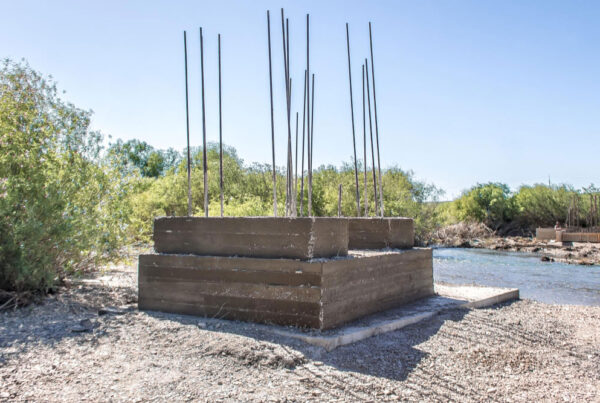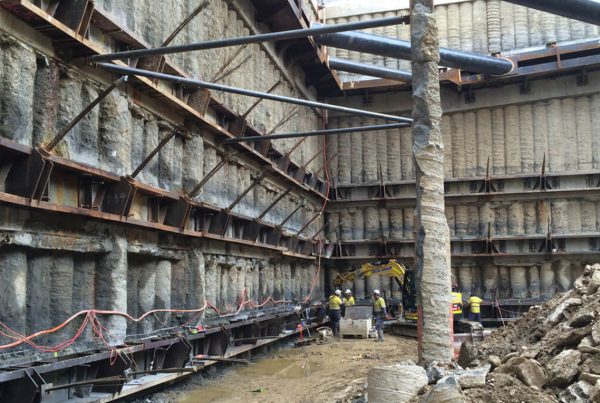An earth retention system is a crucial structure in construction, civil engineering, and infrastructure development. It is designed to retain soil, rock, and other materials to prevent them from collapsing or sliding. The system can be installed using a variety of techniques, including sheet piling, soldier piles and lagging, soil nails, and shotcrete walls.
Sheet piling is a technique that involves driving interlocking steel sheets into the ground using a hydraulic hammer. These sheets create a continuous wall, and they can be used in both permanent and temporary earth retention systems. Soldier piles and lagging, on the other hand, use vertical steel piles that are driven into the ground, and wooden lagging is inserted between the piles to provide support.
Soil nails, which are long steel or fiberglass rods, are inserted into the soil at an angle and grouted in place. They provide lateral stability to the soil, and they can be used in both temporary and permanent earth retention systems. Shotcrete walls involve spraying a mixture of concrete and water onto a wire mesh or reinforcing bars to create a structural wall.
The choice of earth retention system will depend on the specific site conditions, the loads that will be placed on the structure, and the type of soil being retained.






